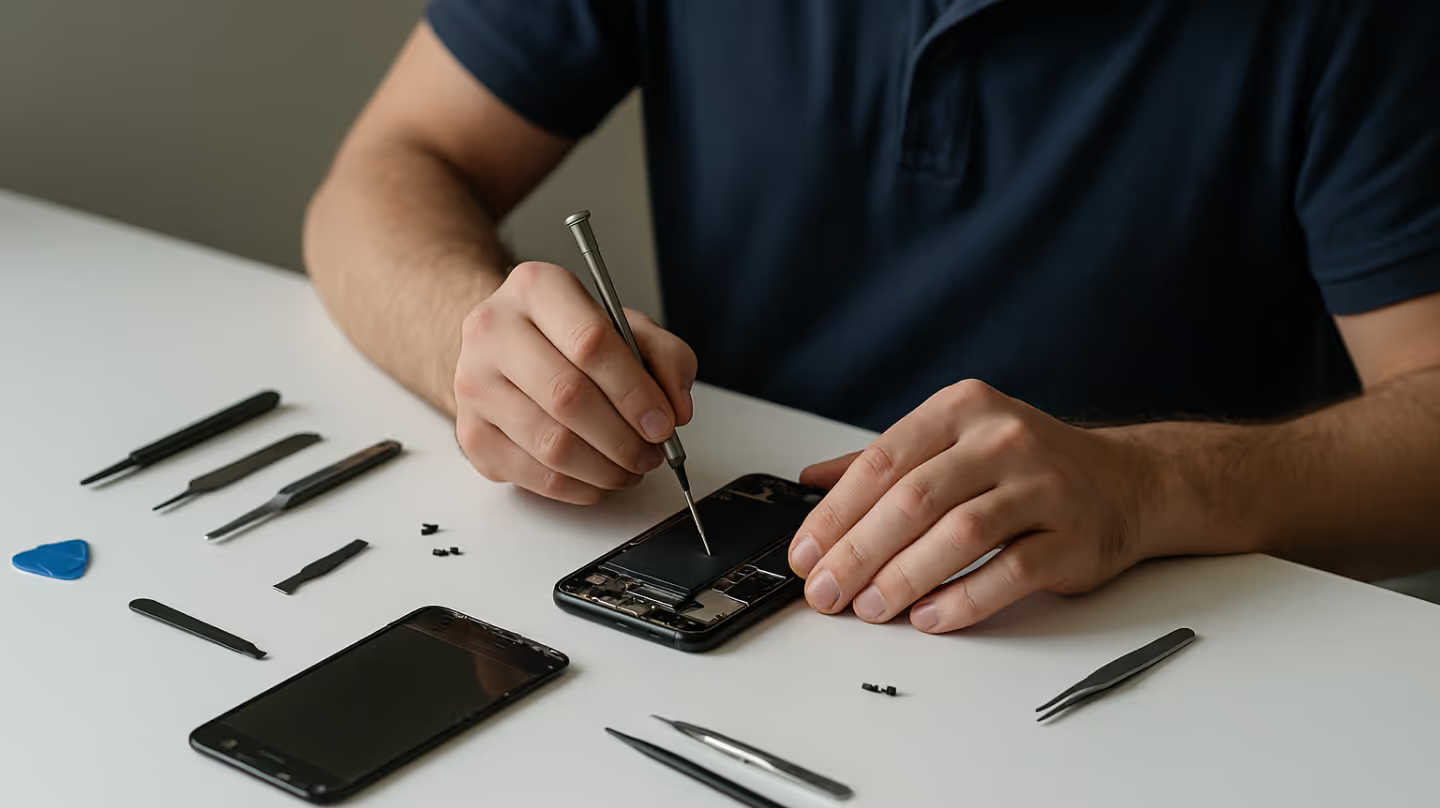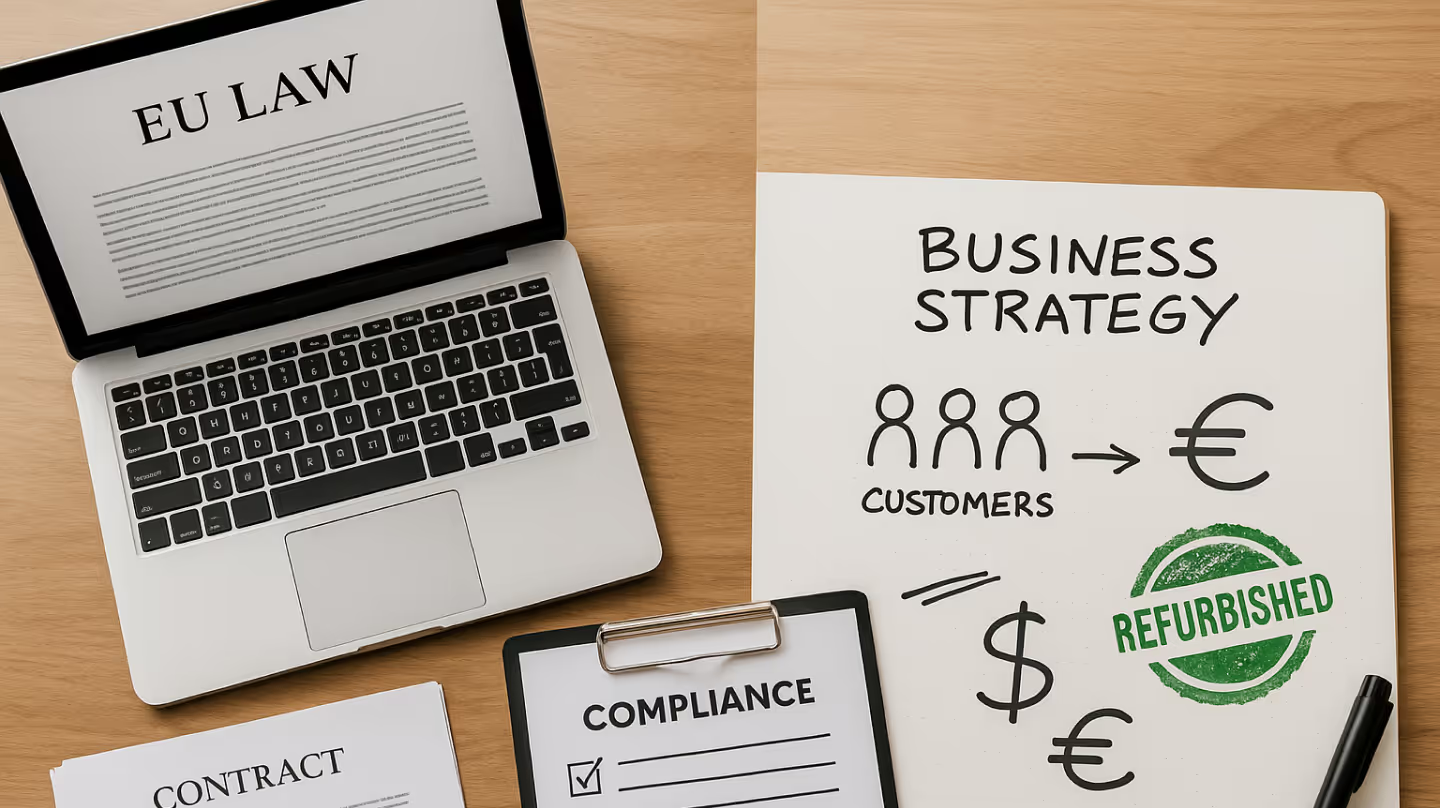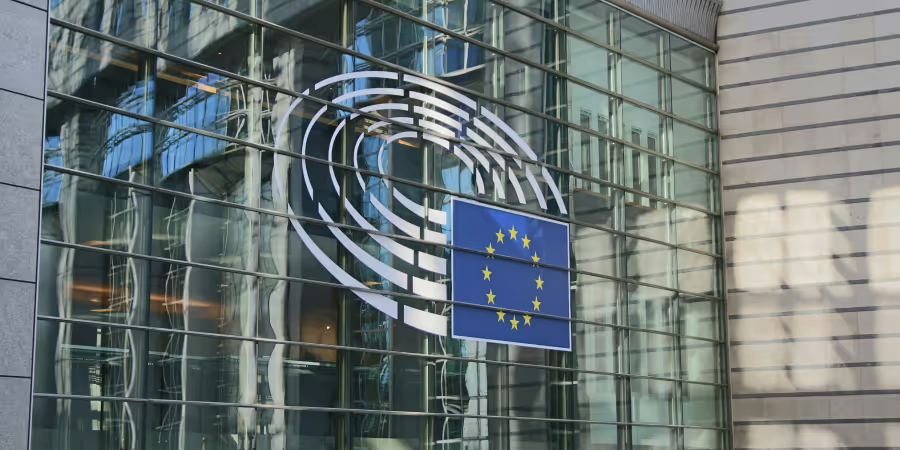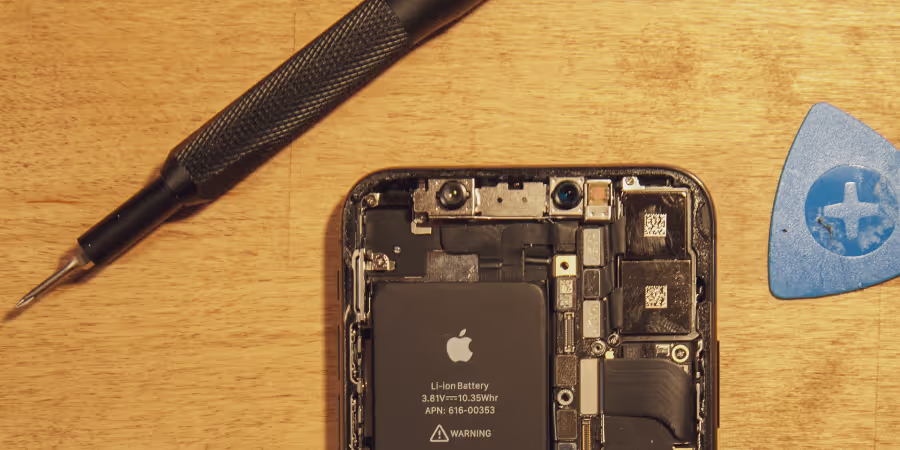Summary

What is the EU Right to Repair Directive and Why Does It Matter?
The directive mandates that manufacturers must repair listed products fairly and promptly, even after legal warranties expire. It empowers consumers with freedom to choose repairers and requires manufacturers to supply spare parts and repair information at reasonable prices. This creates a clearer, fairer landscape for product maintenance while driving sustainability.
What Are the Key Rights and Obligations Under the Directive?
- Obligation to Repair: Manufacturers must repair products defined in Annex II — appliances like washing machines, refrigerators, smartphones, and tablets — within reasonable timeframes and costs.
- Consumer Freedom: Consumers can choose any repair service — manufacturer or third party — without fear of voiding warranties.
- Access to Repair Information: Manufacturers must supply third-party repairers with technical info and spare parts at fair prices.
- Transparency: Repair prices and service details must be openly available online; consumers receive a standardized repair info form before works begin.
- Warranty Extensions: Legal guarantees extend by one year after a covered repair.
- Scope & Spare Parts: The current scope covers certain appliances and electronics, with obligations to provide spare parts and prevent software or hardware blocking.
- Refurbished Replacements: If repair is impossible, refurbished products may be offered.
How Will This Directive Impact Manufacturers and Retailers?
Manufacturers and retailers face new compliance obligations involving repair service provision, transparency, and technical cooperation with third-party repairers. While this may require operational adjustments, it also opens up business opportunities in circular service models, customer loyalty, and brand differentiation.
What Are the Timelines and Compliance Deadlines?
- Adopted: June 13, 2024
- Enforced: July 30, 2024
- National implementation deadline: July 2026
- EU online repair platform launch: July 2027
What Are the Benefits of Embracing Repair and Circularity in Business?
Repair programs can lower waste management costs, create new revenue streams, and enhance customer relationships. Extending product lifespans reduces environmental impact through less production and waste.

How Can Brands and Retailers Implement Successful Take-Back and Repair Programs?
Brands can leverage integrated take-back and resale platforms to streamline repair and circular processes. Automated systems ensure transparency, timely part availability, and compliance. Tools like koorvi's resale as a service solutions enable seamless circular commerce.
What Role Does the EU Online Repair Platform Play in the Circular Economy?
The forthcoming EU-wide online platform, launching in 2027, will help consumers find repair services and sellers of refurbished goods, making repair and reuse more accessible and fostering circular business at scale.
Turning Compliance Into Competitive Advantage
The EU Right to Repair Directive not only enforces repair rights but also opens new business models grounded in sustainability and circularity. Brands that embrace these changes can drive profitability, customer loyalty, and reduced environmental impacts.
➡️ Explore koorvi’s Circularity Check to start your circular journey today.
FAQs
What products are covered under the EU Right to Repair Directive 2024?
The directive currently covers products listed in Annex II, such as large home appliances (washing machines, refrigerators) and consumer electronics (smartphones, tablets). The list is expected to expand with future ecodesign regulations.
How does the directive ensure consumers can choose independent repairers?
Consumers have the legal right to select any repair service provider, including independent repair shops, without risking warranty loss. Manufacturers must provide independent repairers with the technical information and spare parts necessary for repairs.
What obligations do manufacturers have regarding spare parts and repair pricing?
Manufacturers must supply spare parts at reasonable prices within set delivery times. They cannot use software or hardware restrictions to block repairs or limit the use of third-party or refurbished parts.
How does the directive affect product warranties after repairs?
If a repair is made under the legal guarantee, the warranty is extended by one year following the repair, encouraging manufacturers to ensure quality repairs.
What penalties exist for manufacturers who do not comply with the directive?
Member states are responsible for enforcement and must impose effective penalties for violations, ensuring compliance across the EU market.
When will the EU-wide online repair platform be available to consumers?
The platform is scheduled to launch by July 2027, aiming to facilitate access to repairs and refurbished goods throughout the EU.
How can brands benefit financially by adopting circular repair programs?
Circular repair programs can open new revenue streams from repair services and resale, improve customer loyalty, reduce costs related to waste and new production, and enhance brand reputation in sustainability.




